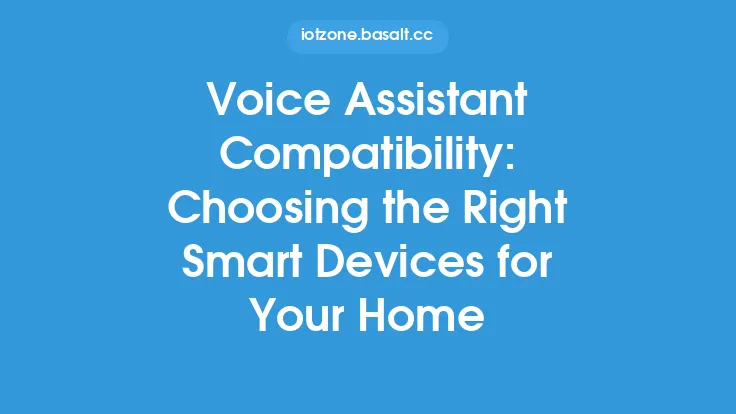When it comes to selecting the right industrial sensor for a specific application, there are several factors to consider. The first step is to determine the type of measurement that needs to be made, such as temperature, pressure, flow rate, or level. Different sensors are designed to measure different parameters, so it's essential to choose a sensor that is compatible with the application.
Once the type of measurement has been determined, the next step is to consider the operating conditions of the sensor. This includes factors such as temperature range, pressure range, and exposure to harsh chemicals or environments. Some sensors are designed to operate in extreme conditions, while others may be more sensitive and require protection. For example, a sensor used in a high-temperature application may require a heat shield or cooling system to prevent damage.
Another critical factor to consider is the accuracy and precision of the sensor. Different sensors have varying levels of accuracy and precision, and some may be more suitable for certain applications than others. For instance, a sensor used in a precision machining application may require high accuracy and precision, while a sensor used in a simple monitoring application may not require the same level of precision.
In addition to accuracy and precision, the response time of the sensor is also an important consideration. Some sensors have a fast response time, which is essential for applications that require real-time monitoring or control. Others may have a slower response time, which may be acceptable for applications where the measurement is not time-critical.
The output signal of the sensor is also an important factor to consider. Some sensors produce an analog output signal, while others produce a digital output signal. The type of output signal required will depend on the application and the type of device that the sensor is connected to. For example, a sensor used in a control system may require a digital output signal, while a sensor used in a monitoring application may require an analog output signal.
Sensor Technologies
There are several different sensor technologies available, each with its own strengths and weaknesses. Some common sensor technologies include:
- Resistive sensors, which measure changes in resistance to detect changes in the measured parameter
- Capacitive sensors, which measure changes in capacitance to detect changes in the measured parameter
- Inductive sensors, which measure changes in inductance to detect changes in the measured parameter
- Optical sensors, which use light to detect changes in the measured parameter
- Piezoelectric sensors, which use the piezoelectric effect to detect changes in the measured parameter
Each of these technologies has its own advantages and disadvantages, and the choice of technology will depend on the specific application and requirements.
Installation and Mounting
The installation and mounting of the sensor are also critical factors to consider. The sensor must be installed and mounted in a way that ensures accurate and reliable measurements. This may involve installing the sensor in a specific location, such as near a process stream or in a control panel. The sensor must also be mounted securely to prevent vibration or movement, which can affect the accuracy of the measurement.
Connectivity and Communication
The connectivity and communication of the sensor are also important considerations. Some sensors have built-in communication protocols, such as Ethernet or Wi-Fi, which allow them to transmit data to a central location or device. Others may require a separate communication module or interface. The type of connectivity and communication required will depend on the application and the type of device that the sensor is connected to.
Power Requirements
The power requirements of the sensor are also an important factor to consider. Some sensors require a separate power source, while others can be powered by the device they are connected to. The power requirements will depend on the type of sensor and the application, and must be taken into account when selecting a sensor.
Environmental Considerations
The environmental considerations of the sensor are also critical factors to consider. The sensor must be able to operate in the environmental conditions of the application, which may include extreme temperatures, high pressures, or exposure to harsh chemicals. The sensor must also be designed to withstand any environmental stresses that may be present, such as vibration or shock.
Certification and Compliance
Finally, the certification and compliance of the sensor are also important considerations. The sensor must meet any relevant industry standards or regulations, such as those related to safety or performance. The sensor must also be certified to operate in the specific application and environment, which may involve meeting specific requirements or standards.
Conclusion and Recommendations
In conclusion, selecting the right industrial sensor for a specific application requires careful consideration of several factors, including the type of measurement, operating conditions, accuracy and precision, response time, output signal, sensor technology, installation and mounting, connectivity and communication, power requirements, environmental considerations, and certification and compliance. By taking the time to carefully evaluate these factors and choose a sensor that meets the specific requirements of the application, users can ensure accurate and reliable measurements, and optimize the performance of their industrial processes. It is recommended to consult with a qualified engineer or technician to ensure the correct selection and installation of the sensor, and to follow all relevant industry standards and regulations.




